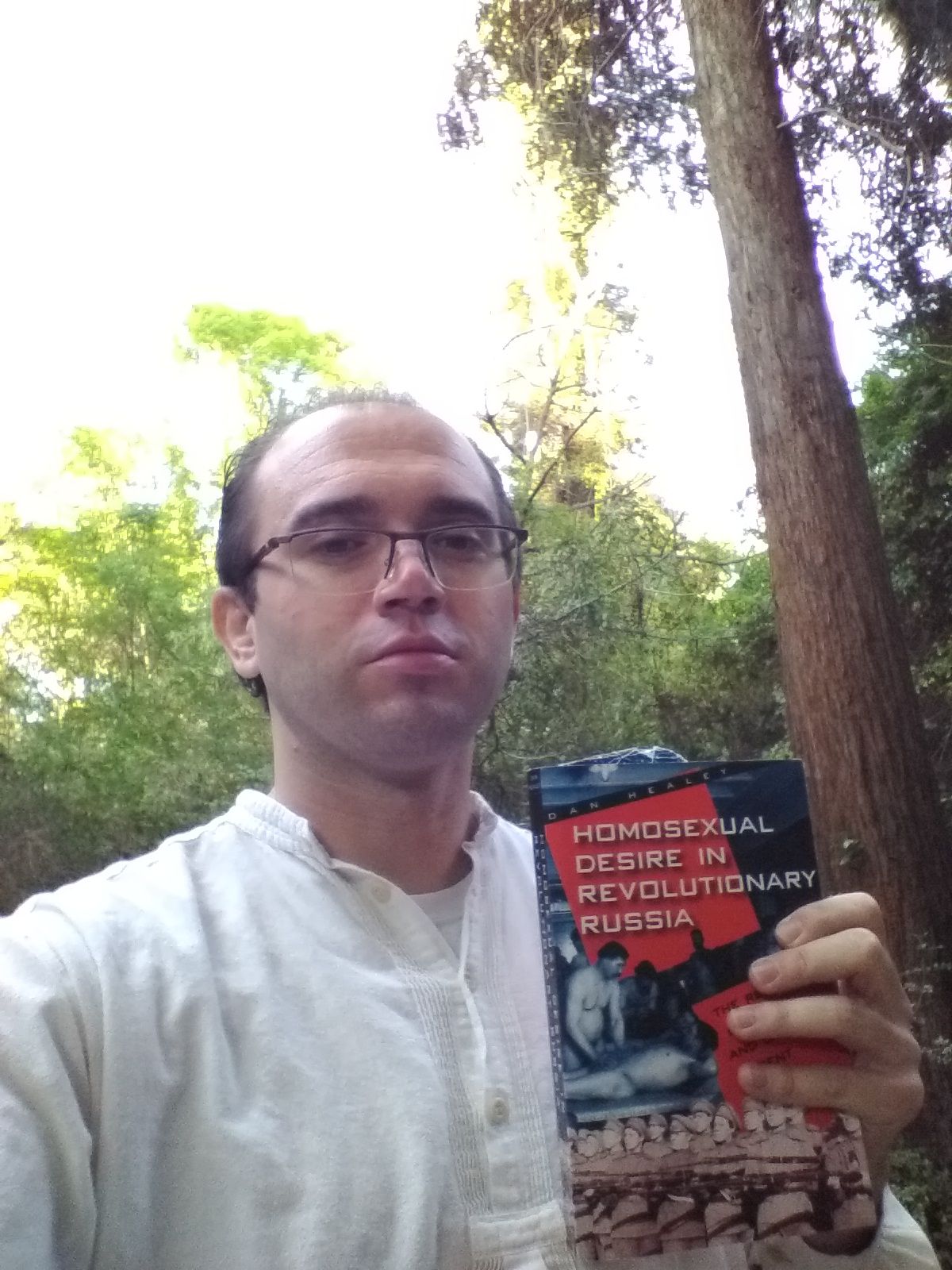Introduction
Rinky-Dink Revolution: Moving Beyond Capitalism by Withholding Consent, Creative Constructions, and Creative Destructions by Howard Waitzkin is not a text that I have found to be circulating within the anarchist milieu. This is partially due to the fact that the publisher is Monthly Review, a long time Marxist journal; the co-publisher is Daraja Press, which 'seeks to build bridges, specifically, bridges of solidarity between movements,' especially in the global South. Many anarchists do not engage with Marxist writing due to sectarian differences or writing from the Global South due to the European tendencies in anarchism dominating the discourse.
Anarchists and Marxists have always had a contentious relationship. To some degree, I think this can be attributed to the difference in practice between Marxists and anarchists as well as the difference regarding analysis of the State and the party as a revolutionary structure. However, the authoritarian state tendencies of Marxism are often over-emphasized by anarchists, as many Marxists are against the State and the Party. I think that the analytical side of Marxism is deeply important to understanding capitalism and developing practice to combat it. David Graeber describes this contentious relationship in his book Direct Action: An Ethnography, in which he describes Marxism as a good analytical framework for anarchists to better understand capitalism.
'Marxism has tended to be a theoretical or analytical discourse about revolutionary strategy; anarchism, an ethical discourse about revolutionary practice. The basic principles of anarchism—self-organization, voluntary association, mutual aid, the opposition to all forms of coercive authority—are essentially moral and organizational.' (Graeber, page 75)
Graeber recognizes why anarchists should utilize Marxist theory to think strategically. In particular, I find that the analysis provided by Marxist-inspired intellectuals like Sylvia Federici and Cedric Robinson is necessary and should be utilized by anarchists to deepen our own analyses of capitalism.
Despite these contentions, I think that the Rinky-Dink Revolution could serve as an effective text for informing anarchist strategies around conflict and revolutionary strategy moving forward. Howard Waitzkin’s idea of 'Creative Destructions' and 'Creative Constructions' is especially relevant for anarchists as they prepare for the decade on from 2020.
Creative Constructions
Waitzkin describes creative construction: a 'main way to begin the transition to post-capitalism is to start living as though the transition is already happening, and it actually is happening.' (Waitzkin, page 37) Importantly, this idea resonates with the idea of prefigurative politics within the anarchist traditions. Waitzkin stresses that it is important that we build communal governance now. He cites Rojava, Venezuela and Chiapas as examples of where this revolutionary communal organization is occurring.
Anarchists focusing on revolution understand that we must build organizational structures that can allow for communal governance. Waitzkin points specifically to the need for revolutionaries to develop systems in the solidarity economy that provide for housing. He presents housing co-ops as a way to do this. Alongside housing, the most vital need is food. This means we must build food co-ops, community gardens and community. His focus on these particular issues of food and housing is important.
His focus on these particular issues of food and housing is important, because with the pandemic, we’ve seen increased food insecurity and the danger of mass evictions. Anarchists through mutual aid have taken up long term support for many communities. However, it must move beyond simply buying and delivering groceries. We need to build systems that are independent of capitalist agriculture. As Waitzkin says, 'Food independence means giving up consumption of food that requires access to seasonal production in distant places with carbon-based transportation over long distances, whose high costs and pollution contribute to the climate crisis, depletion of freshwater, and continuing exploitation of agricultural workers.' (Waitzkin, page 43). The anarchist movement is not committed at this moment to longer term mutual aid projects that could mean autonomy for entire communities rather than just survival programs. Mutual aid is not just about survival, it is about remaking our social relations. This difference has created a fundamental flaw in the approach that many anarchist mutual aid groups have taken. There has not been a larger revolutionary strategy within most of the mutual aid work. While doing mutual aid work that creates new networks of care and support is vital work, the co-optation of mutual aid may lead to what are effectively charities run by radicals. Instead, anarchists need to shift our mutual aid networks into longer term projects for food self determination. The point is to move beyond a mutual aid model that depends entirely upon capitalist agriculture and instead aims to build infrastructure.
Some within the anarchist movement and the wider Left make demands of the State while not realizing that those demands will never be granted. Waitzkin highlights the importance of this delusion in his text about how 'activists have realized that non-capitalist NHPs [national health programs] cannot survive without social movements that transform the fundamental characteristics of capitalism itself.' (Waitzkin, page 47). Fundamentally, we cannot rely on making demands of the State. We must build it ourselves and undo capitalism.
I resonated with the creative constructions section because in the moment of COVID and post-Rebellion, it is abundantly clear that anarchist revolutionaries must look forwards toward something beyond insurrection and uprising if we are serious about revolution. This does not mean we have to act as a vanguard party attempting to control or contain revolt, but rather transform the revolutionary energy from the George Floyd rebellion into infrastructure projects to support and sustain that revolt. A lack of anarchist propositions for revolutionary politics leads many militants who participated in the George Floyd rebellion just to vote or return to politics as normal rather than deepening their participation in revolutionary politics, added to this fact is the relative lack of exposure people in the US have to anarchist politics The revolts must be a springboard towards building a new world of anarchist organization in our communal lives, not a spring board for electoral politics or a vanguard party.
Creative Destructions
When discussing creative destruction, Waitzkin is not against armed resistance but rather argues that the vast majority of resistance to capitalism will be unarmed. It is clear from the global rebellions that have occurred from 2019 to 2020 that the vast majority of participants have been unarmed. He discusses a figure that 3.5% of a population is needed to make a revolution. The recent George Floyd protests had between 15 million and 26 million, which is about 5-8% of the population. Importantly, many of these demonstrations were not direct action but were simply marches. Waitzkin points to Standing Rock as a good example of a creative destruction. In this struggle Waitzkin describes how 'In other words, a key goal was to slow down and to halt an important component needed for the smooth functioning of the capitalist economic system.' (Waitzkin, page 52)
Anarchists must approach all of our direct actions with this question in mind. Too often anarchist actions are not planned with the intent to disrupt flows of the capitalist economic system that make up the lifeblood of the settler colonial United States. Despite the rebellion this summer where people attacked police infrastructure and expropriated goods, we saw few attempts by participants to block major shipping infrastructure or to shut down any significant roadways. In fact, the militant highway blockades (with the use of barricades) in many other countries such as Haiti, Nigeria and Iraq during the rebellions of 2019 to 2020 for some reason did not happen in the USA over the course of the George Floyd rebellion. If anarchists do not target actual capital and state infrastructure, how can we hope to launch a revolution? Marches around city hall do not work. Power does not reside in those places. Anarchists must move past the symbolic protest even if this manifests as a black bloc. We must embrace mass resistance, and we must disrupt the flow of capital. This strategy will mean adopting new tactics such as utilizing vehicles, workplace organising that is conflictual rather than acquiescing to reforms, and use of blockades.
Conclusion
Ultimately, I think that Waitzkin’s pamphlet is helpful for anarchists seeking to build revolutionary structures in order to push the revolt further. I perceive that the anarchist movement is already trending in this direction. However, I think that Waitzkin’s book provides some material tasks that anarchists could take in order to build alternatives to capitalism now rather than waiting. We must build alongside and within the insurrection towards a new world based on mutual aid and cooperation.
Special thanks to our patrons, John Walker, BoringAsian, Mr Jake P Walker, Joseph Sharples, Josh Stead, Dave, Bliss, Hol, Aryeh Calvin, Rylee Lawson, Meghan Morales, Kimonoko, Squee, Manic Maverick, Max Dixon, Maria Rahim, Balaclava Bandit, Henri Affandi, and Cass.
Please consider giving us your support:





